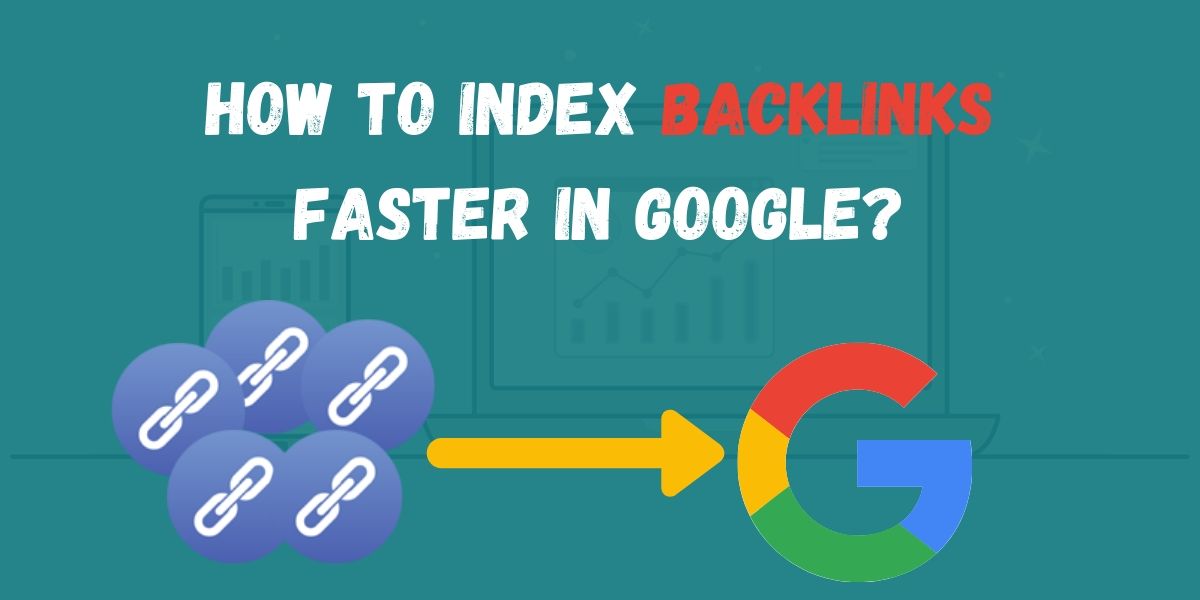How to index profile backlinks
In conclusion, indexing profile backlinks is an essential part of any effective SEO strategy. By choosing the right websites, using the right anchor text, creating a sitemap...
If you’re trying to rank your website or blog on Google, you probably know the importance of backlinks. Backlinks are the links from other websites that point to your website, and they are a major factor in determining your website’s authority and ranking in search results.
While getting high-quality backlinks is essential, it’s also important to make sure that Google is aware of them. If Google doesn’t know about your backlinks, it won’t be able to factor them into your website’s ranking. This is where indexing your backlinks comes in.
In the world of search engine optimization (SEO), backlinks are an essential factor in determining the authority and credibility of a website. Profile backlinks, in particular, are a popular method of building backlinks for many SEO professionals. These types of backlinks are created by adding a link to a website in the user profile section of a forum, social media platform, or online directory. While profile backlinks can be an effective way to improve your website’s search engine rankings, it’s important to index them properly to ensure they are recognized by search engines like Google. In this article, we’ll take a look at how to index profile backlinks effectively.

- Choose the Right Websites The first step in indexing profile backlinks is to choose the right websites. Not all websites are created equal, and some are more likely to be indexed by search engines than others. When selecting websites to create profile backlinks, look for those that have a high domain authority, are relevant to your niche, and have a high level of user engagement. Websites with a lot of user engagement, such as forums or social media platforms, are more likely to be indexed by search engines, making them an excellent choice for creating profile backlinks.
- Use the Right Anchor Text The anchor text you use for your profile backlinks is also important when it comes to indexing. Anchor text is the clickable text that appears as a hyperlink, and it helps search engines understand the context and relevance of the link. When creating profile backlinks, be sure to use relevant, keyword-rich anchor text that accurately describes the content of the page you’re linking to. Avoid using generic anchor text like “click here” or “read more,” as these provide little context for search engines.
- Create a Sitemap A sitemap is a file that lists all the pages on your website and helps search engines crawl and index your content more efficiently. Creating a sitemap for your website can help ensure that your profile backlinks are recognized and indexed by search engines. There are several tools available for creating sitemaps, including Yoast SEO and Google XML Sitemaps. Once you’ve created your sitemap, submit it to Google Search Console to let Google know about your website’s structure and content.
- Share Your Links on Social Media Social media platforms are a great way to promote your website and improve its search engine rankings. Sharing your profile backlinks on social media can help increase their visibility and improve their chances of being indexed by search engines. Be sure to share your links on relevant social media platforms, and use relevant hashtags and keywords to make them more discoverable.
- Monitor Your Backlinks Finally, it’s important to monitor your profile backlinks to ensure that they are being indexed by search engines. There are several tools available for monitoring backlinks, including Ahrefs and SEMrush. Use these tools to track your backlinks and ensure that they are being recognized by search engines. If you notice any issues, such as broken links or low-quality websites linking to your content, take steps to address them to improve the effectiveness of your profile backlinks.
In conclusion, indexing profile backlinks is an essential part of any effective SEO strategy. By choosing the right websites, using the right anchor text, creating a sitemap, sharing your links on social media, and monitoring your backlinks, you can ensure that your profile backlinks are recognized and indexed by search engines, helping to improve your website’s search engine rankings and drive more traffic to your site.